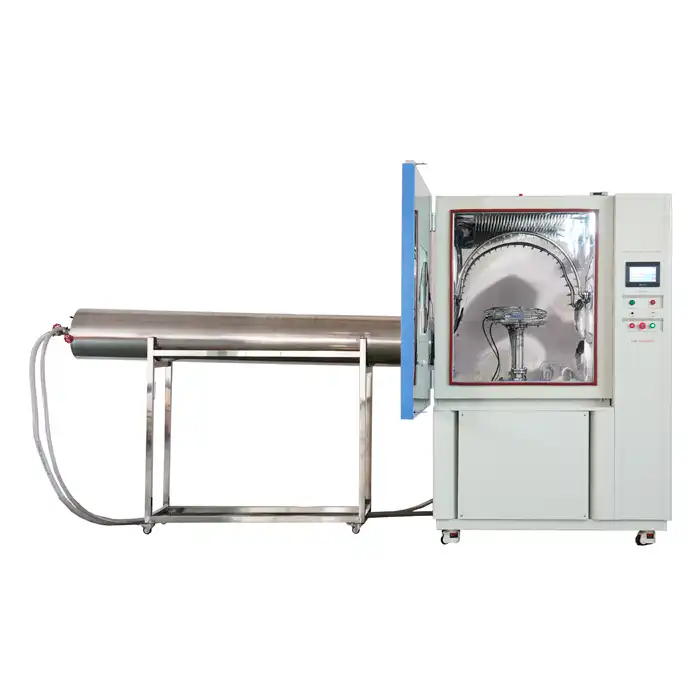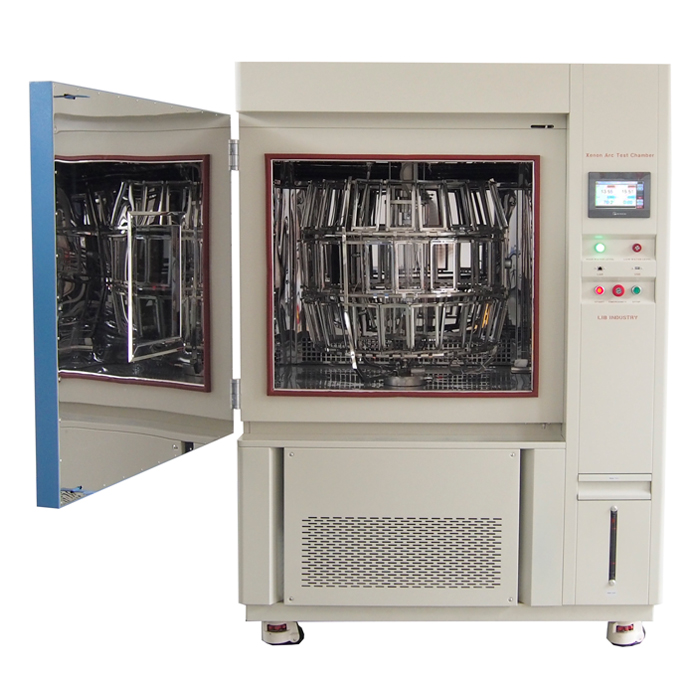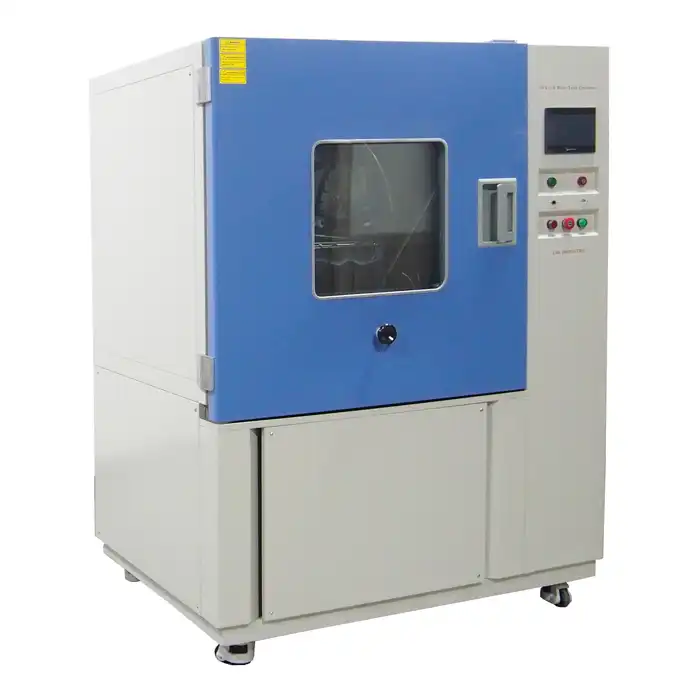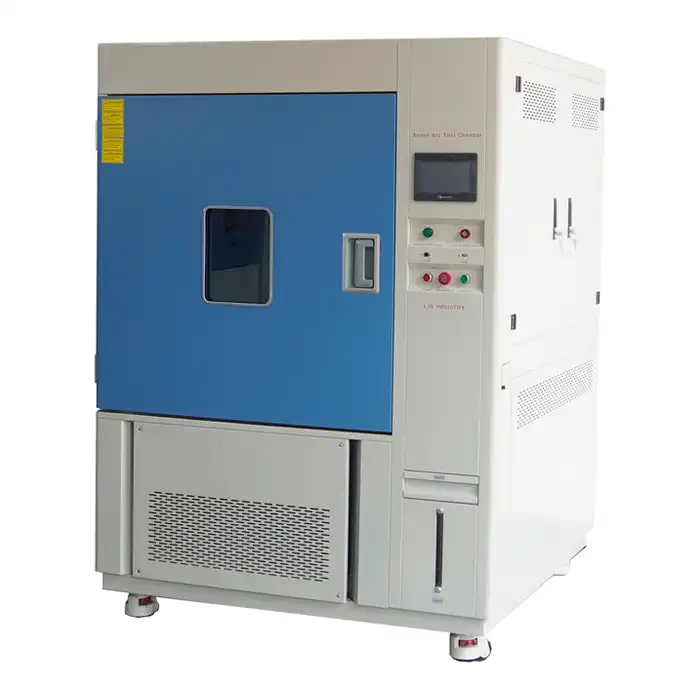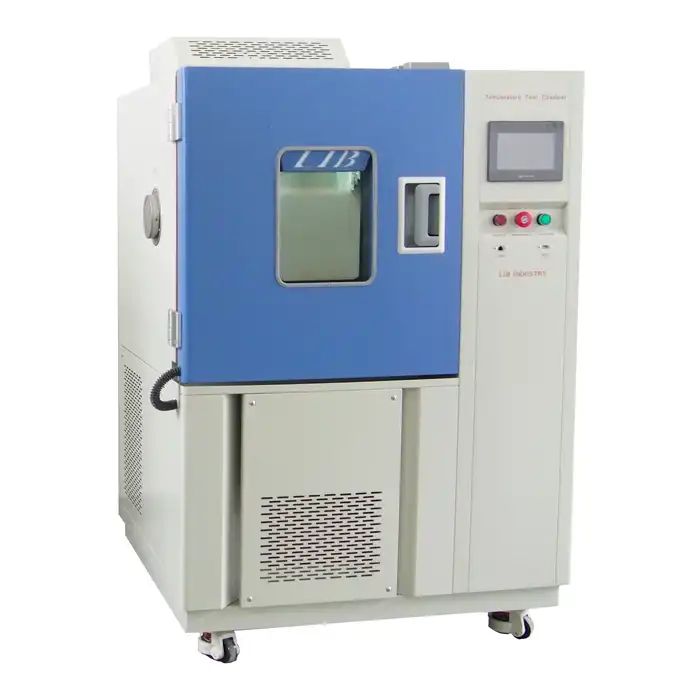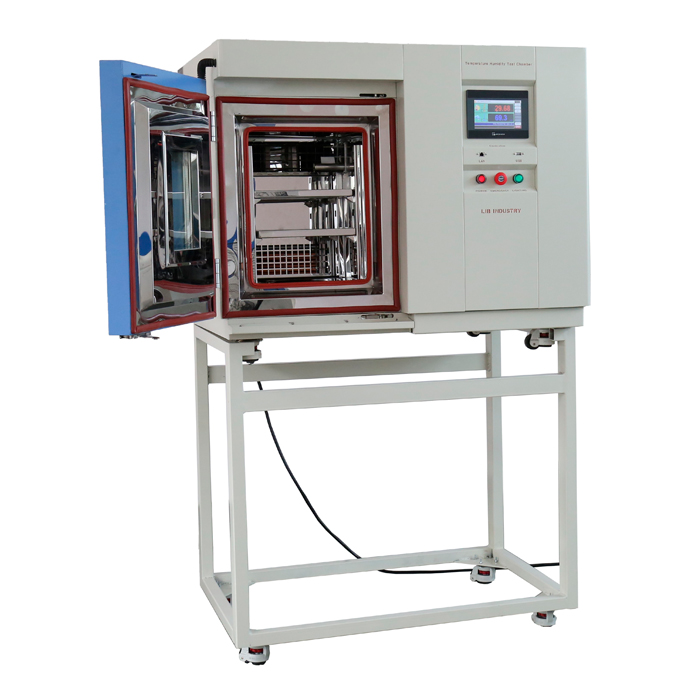What is the temperature cycling method?
What is the Temperature Cycling Method?
The temperature cycling method is a fundamental component of environmental testing that is used to guarantee the dependability and durability of products in a variety of industries. From gadgets to car, aviation, and then some, grasping the standards administering temperature cycling chambers is fundamental.
Temperature cycling includes exposing items to rotating high and low temperatures inside controlled conditions. This interaction reenacts true circumstances where parts experience vacillations because of warm extension and compression. By presenting items to these limits, makers can assess their capacity to endure pressure and potential disappointment focuses after some time.
Temperature cycling tests, for instance, are used in the electronics industry to determine how components perform under various temperatures. This is very important if you want to make sure that gadgets work reliably even when temperatures change, which could affect their performance and lifespan. Temperature cycling is also used by the aerospace and automotive industries to test materials and components' resistance to thermal stresses during operation and in harsh environments.
Temperature cycling chambers are constructed by precisely controlling the rates of heating and cooling, dwell times at each temperature extreme, and the number of cycles performed. To ensure thorough testing under realistic circumstances, these parameters are tailored to mimic specific environmental conditions relevant to the product's intended use.
Also, adherence to industry principles, for example, those illustrated by associations like the Global Electrotechnical Commission (IEC) or Society of Car Architects (SAE) guarantees consistency and dependability in testing conventions. Product durability is confirmed by meeting these standards, as are regulatory requirements and customer expectations for quality and performance.
In conclusion, temperature cycling chambers are essential tools for evaluating product dependability and durability in a variety of industries. These chambers enable manufacturers to identify and mitigate potential weaknesses early in the development process by replicating the thermal stresses encountered in real-world conditions, ultimately improving product quality and customer satisfaction.
Understanding Temperature Cycling Chambers
Temperature cycling chambers are sophisticated testing equipment designed to expose products to extreme temperature changes. These chambers simulate extreme cold, intense heat, and back again in real-world scenarios where products experience abrupt temperature shifts. The robustness of a product's resistance to thermal stress and variations can be assessed by manufacturers using this stringent testing approach.
Temperature cycling chambers provide crucial insights into how materials and components respond over time by subjecting products to cycles of extreme temperatures. This evaluation is crucial in a variety of industries, including aerospace, electronics, automotive, and more, where products must withstand a variety of environmental conditions without sacrificing performance or dependability.
Temperature cycling tests, for instance, are used in the electronics industry to confirm that circuit boards, semiconductors, and other components can withstand varying temperatures. This guarantees that electronic gadgets keep up with usefulness and life span notwithstanding temperature changes that could influence their exhibition.
In a similar vein, temperature cycling chambers are utilized in the aerospace and automotive industries to evaluate the materials' and components' capacity to withstand thermal expansion and contraction. Such testing is fundamental for approving the solidness of motors, impetus frameworks, and underlying parts presented to changing temperatures during activity or in outrageous natural circumstances.
Temperature ranges, ramp rates (heating and cooling speeds), dwell times at extreme temperatures, and the number of cycles performed all need to be precisely controlled when designing temperature cycling chambers. To guarantee thorough and accurate testing, these parameters are tailored to replicate specific operating environment conditions pertinent to the product.
Besides, adherence to industry norms and guidelines guarantees that temperature cycling tests are led reliably and dependably. The validity of testing results is increased by adhering to standards set by organizations like ASTM International or the International Organization for Standardization (ISO), which also helps manufacturers meet quality assurance criteria and customer expectations.
All in all, temperature cycling chambers assume an essential part in assessing the strength and sturdiness of items across different enterprises. By exposing items to thorough temperature variances, these chambers empower makers to distinguish potential shortcomings from the get-go in the advancement cycle, prompting further developed item quality, dependability, and consumer loyalty.
How Temperature Cycling Works
Inside a temperature cycling chamber, products are placed and exposed to alternating cycles of high and low temperatures. These cycles are carefully controlled and monitored to simulate the conditions that products might experience during their operational life. By subjecting products to these temperature extremes, manufacturers can identify potential weaknesses and design flaws that may lead to malfunctions or failures in the field.
Benefits of Temperature Cycling Testing
Identifying Weaknesses: By pinpointing vulnerabilities early in the design phase, manufacturers can make necessary improvements to enhance product reliability.
Quality Assurance: Temperature cycling testing ensures that products meet stringent quality standards, reducing the risk of costly recalls or warranty claims due to premature failures.
Compliance and Certification: Many industries have specific regulatory requirements regarding product reliability and safety. Temperature cycling testing helps in meeting these standards and obtaining certifications.
Applications Across Industries
Temperature cycling chambers find applications in a wide range of industries:
Electronics: Testing circuit boards, semiconductors, and electronic components to ensure they can withstand temperature variations without performance degradation.
Automotive: Assessing the durability of automotive parts and systems under extreme weather conditions encountered globally.
Aerospace: Testing equipment and materials used in spacecraft and aircraft to ensure they can operate reliably in outer space or high-altitude environments.
Choosing the Right Temperature Cycling Chamber
When selecting a temperature cycling chamber, several factors come into play:
Temperature Range: Ensure the chamber can simulate the temperature extremes relevant to your product's operating environment.
Cycle Rate: Consider the speed at which the chamber can transition between temperature extremes, as this affects testing efficiency.
Chamber Size and Capacity: Choose a chamber that accommodates the size and quantity of products you need to test simultaneously.
Future Trends in Temperature Cycling Technology
As technology advances, temperature cycling chambers are becoming more precise and versatile. Innovations include:
Improved Control Systems: Enhanced precision in temperature control and cycle programming.
Integration with Other Testing Methods: Combining temperature cycling with vibration or humidity testing for more comprehensive reliability assessments.
Environmental Sustainability: Chambers designed with energy-efficient features to reduce operational costs and environmental impact.
Conclusion
In conclusion, the temperature cycling method is indispensable for ensuring product reliability and performance across various industries. By subjecting products to extreme temperature variations, manufacturers can identify weaknesses early, enhance product quality, and meet regulatory requirements. As technology evolves, temperature cycling chambers continue to play a pivotal role in advancing product testing and development processes.
For more information on temperature cycling chambers and their applications, feel free to reach out to us at info@libtestchamber.com. We're here to provide comprehensive solutions tailored to your testing needs.



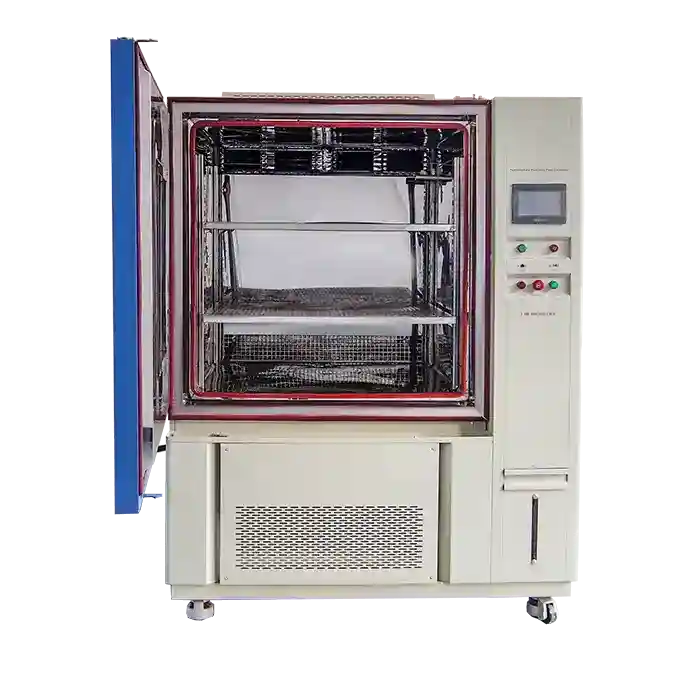
.webp)
